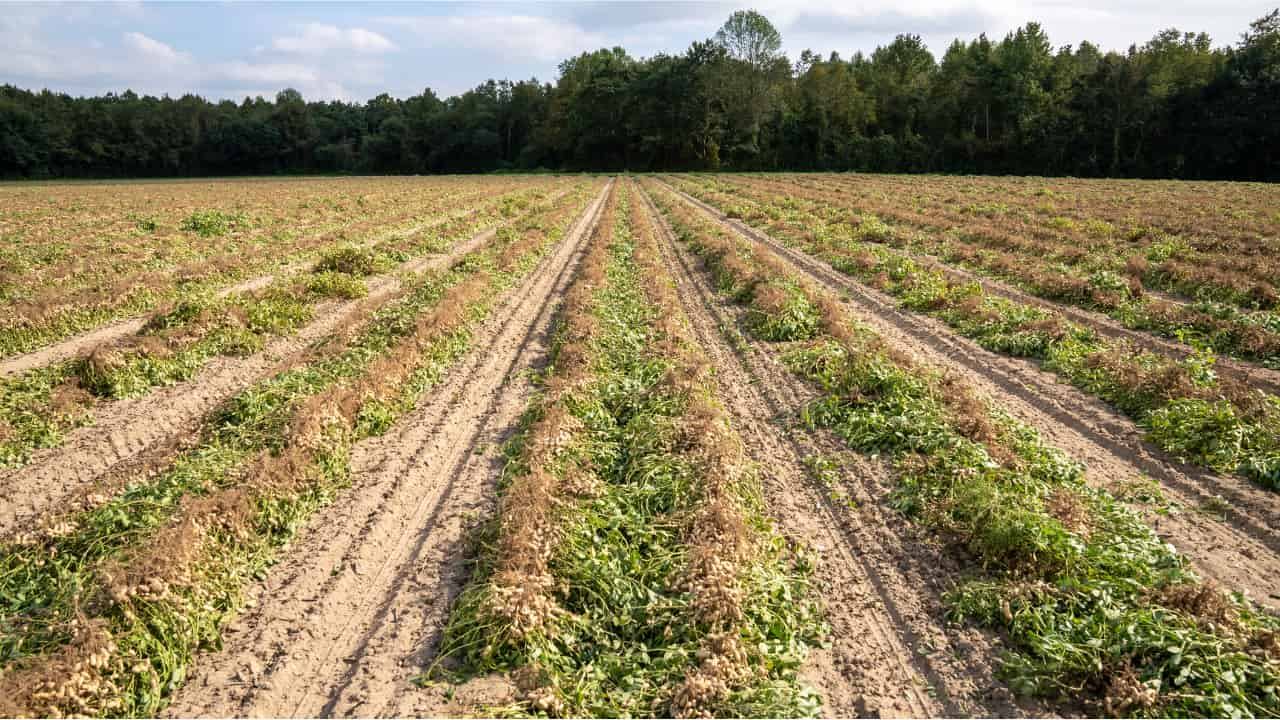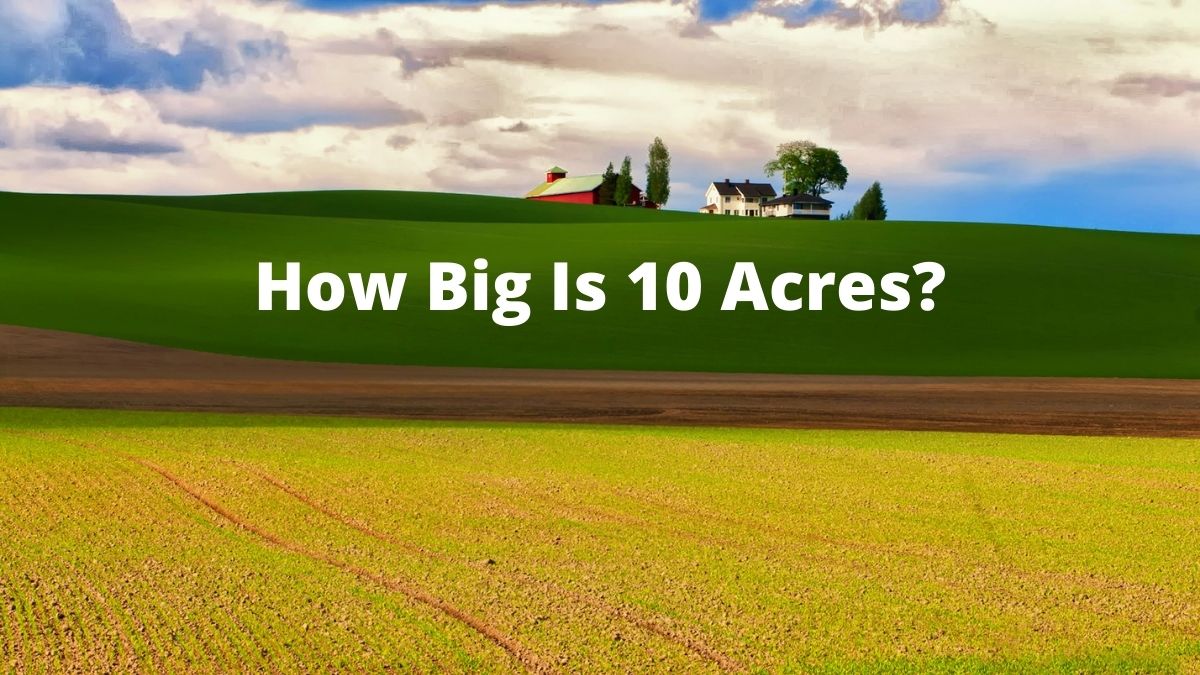Have you ever wondered how those crunchy, creamy peanuts make their journey from seed to snack?
In this article, we will delve into the fascinating world of peanut cultivation and unravel the agronomic wonders behind one of the world’s most beloved nuts.
From the sprawling fields of Georgia to the vibrant landscapes of Africa and Asia, peanuts have captivated farmers and scientists alike with their remarkable ability to thrive in diverse climates and produce an abundance of nutrient-rich pods.
As we explore the intricate process of peanut growth, you’ll gain a newfound appreciation for the skill and science that goes into cultivating these humble legumes.
Table of contents
- The Peanut Plant: A Tale of Two Worlds
- How Do Peanuts Grow in the Ground?
- A Journey Begins: From Planting to Flowering
- Pegs: The Peanut Plant’s Underground Messengers
- Fruit Formation: Peanuts Take Shape
- The Role of Flowers: Self-Pollination and Fruit Set
- Peanut Growth and Maturation: A Subterranean Symphony
- Harvesting: Bringing Peanuts to Light
- Drying and Processing: Preparing Peanuts for Consumption
- Peanuts in Our Diet: A Culinary Staple
- The Peanut’s Enduring Legacy: A Symbol of Innovation and Ingenuity
- Do Peanuts Grow on Trees?
- FAQs
- Conclusion
- References
- Recommendations
The Peanut Plant: A Tale of Two Worlds
The peanut plant, officially known as Arachis hypogaea, belongs to the Fabaceae family, a group renowned for its nitrogen-fixing abilities.
This remarkable plant exhibits a unique growth pattern, with its flowers blooming above ground while its fruits, the peanuts themselves, develop underground.
Read ALSO: How To Make A Lizard In Little Alchemy: Imaginative Crafting In a Virtual World
How Do Peanuts Grow in the Ground?
A Journey Begins: From Planting to Flowering
The peanut’s journey begins with planting, typically in the spring when soil temperatures reach around 65°F.
Farmers carefully select peanut seeds, ensuring their viability and suitability for the growing conditions.
As the seeds germinate and sprout, the peanut plant emerges from the soil, forming stems and oval-shaped green leaves.
The plant’s growth continues, and after approximately 40 to 50 days, it reaches the flowering stage.
Pegs: The Peanut Plant’s Underground Messengers
During flowering, the peanut plant produces unique structures called pegs, which are slender, flower-bearing stems. These pegs, acting as messengers of reproduction, elongate and curve downward, burrowing into the soil.
Fruit Formation: Peanuts Take Shape
As the pegs reach a suitable depth in the soil, specialized structures at their tips, known as peg tips, swell and form small pods.
Within these pods, the peanut embryos begin to develop, forming the familiar nuts we know and love.
Read ALSO: How to Make a Strength Potion: Fantasy Brewing Creativity
The Role of Flowers: Self-Pollination and Fruit Set
While the peanut plant’s flowers are visible above ground, their primary function lies in self-pollination, ensuring the successful formation of peanut pods.
The stigma, the receptive part of the flower, receives pollen from the same flower’s anther, leading to fertilization and the subsequent development of the peanut embryos.
Peanut Growth and Maturation: A Subterranean Symphony
The peanut’s journey continues underground, where the pods and their enclosed embryos undergo a remarkable transformation.
Throughout 40 to 60 days, the peanut embryos grow and mature, developing into the kernels we consume.
Harvesting: Bringing Peanuts to Light
When the peanut plants’ leaves begin to yellow and the pods mature to a light brown color, it’s time for harvest.
Farmers employ specialized machinery to lift the plants from the ground, gently shaking them to dislodge the peanuts from their underground chambers.
Read Also: How To Make Collage On iPhone: Digital Photo Arrangement Creativity
Drying and Processing: Preparing Peanuts for Consumption
After harvesting, the peanuts undergo a drying process to reduce their moisture content and ensure their preservation.
Once dried, the peanuts are ready for processing, which may involve shelling, sorting, and grading to meet various market requirements.
Peanuts in Our Diet: A Culinary Staple
Peanuts, with their rich flavor and nutritional value, have become a staple in our diets. They are enjoyed as roasted or salted snacks, transformed into creamy peanut butter, and incorporated into a wide array of culinary creations, from savory dishes to sweet desserts.
The Peanut’s Enduring Legacy: A Symbol of Innovation and Ingenuity
The cultivation of peanuts has evolved over centuries, with farmers and scientists continuously seeking ways to optimize their growth and yield.
From developing disease-resistant varieties to implementing sustainable farming practices, the peanut’s journey reflects the enduring legacy of innovation and ingenuity in agriculture.
As we savor the taste of peanuts, let us appreciate the remarkable journey they have taken from underground to our plates, a testament to the intricate workings of nature and the dedication of those who bring these nutty treasures to our tables.
Read ALSO: How to Make Cotton Candy: Sweet Creation Delight
Do Peanuts Grow on Trees?
Peanuts, surprisingly, do not grow on trees. In fact, peanuts belong to the legume family and are not nuts at all. They grow underground, unlike other crops like fruits and nuts that develop above ground on trees or bushes.
Instead of a tree, the peanut plant produces bright yellow flowers that wither and elongate toward the ground where the peanut pods develop. These pods mature and transform into peanuts—the edible seeds we’re familiar with.
Moreover, cultivating peanuts involves unique agricultural practices due to their growth pattern. Farmers carefully monitor soil moisture levels during planting and growing stages, as excess water can lead to fungal diseases in peanut plants.
These distinct requirements set them apart from tree-grown crops such as almonds or walnuts. Ultimately, understanding how peanuts grow not only sheds light on their fascinating biology but also highlights the intricate methods involved in their successful cultivation.
FAQs
Peanuts are typically planted by placing the seeds about 1 to 2 inches deep in well-drained soil. The seeds are planted in rows with a spacing of around 10 to 15 inches between them.
Peanuts thrive in warm climates with plenty of sunlight. They require temperatures consistently above 60°F (15°C) and a frost-free growing season of around 4 to 5 months.
After planting, peanuts undergo several stages of growth. It usually takes about 120 to 150 days for peanuts to fully mature. This timeframe varies depending on the peanut variety and environmental conditions.
Initially, peanut plants grow low to the ground, developing leaves and small yellow flowers. After pollination, a stalk called a peg begins to elongate, and it eventually burrows into the soil to produce the peanut pods.
Conclusion
The growth process of peanuts is a fascinating journey that involves careful agricultural practices and attention to soil quality, temperature, and moisture. Understanding the agronomic wonders behind peanut cultivation provides valuable insight into the complexities of nut farming and the importance of sustainable agricultural practices.
With a deep-rooted history in various cultures and a significant role in global food production, peanuts continue to be an essential crop with vast potential for further research and innovation.
References
Recommendations
- How to Make Sand in Little Alchemy: Creative Gaming Strategy
- How To Make A Lizard In Little Alchemy: Imaginative Crafting In a Virtual World
- How to Make a Strength Potion: Fantasy Brewing Creativity
- How To Make Collage On iPhone: Digital Photo Arrangement Creativity
- How to Make Cotton Candy: Sweet Creation Delight






